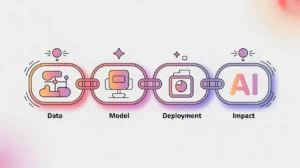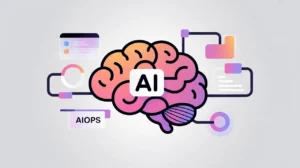Importance of Digital Divide and Connectivity Gaps
The Digital Divide and Connectivity Gaps describe the unequal access to digital technologies, infrastructure, and internet connectivity that limit people’s ability to participate in the digital economy and society. These divides exist across geography, income, gender, age, and disability, creating stark disparities in who can benefit from AI and digital transformation. Their importance today lies in the fact that access to reliable connectivity has become as fundamental as electricity or clean water for education, health, and civic participation.
For social innovation and international development, bridging the digital divide matters because organizations must ensure that technology-driven solutions do not exclude the very communities they aim to serve.
Definition and Key Features
The digital divide concept emerged in the 1990s as internet access spread unevenly across populations. Today, the challenge has deepened into multiple layers: availability of infrastructure (rural vs. urban), affordability of access (devices, data costs), and ability to use (digital literacy and skills). Connectivity gaps refer to regions or groups left without reliable or affordable digital access altogether.
These are not the same as temporary service outages, which are short-term disruptions. Nor are they equivalent to digital literacy gaps alone, though literacy is a key component. The divide captures structural inequities in access and use.
How this Works in Practice
In practice, connectivity gaps might mean rural schools lack bandwidth for online learning, or health clinics cannot use AI-enabled diagnostics due to unreliable electricity or internet. Even when infrastructure exists, affordability can exclude low-income households. Digital divides also manifest in qualitative terms, where marginalized groups have access but lack meaningful opportunities to use technology for empowerment.
Challenges include the cost of infrastructure investment, reliance on private telecom providers, and the risk that AI-driven innovation deepens inequalities by favoring already-connected populations. Bridging divides requires systemic solutions like public investment, regulatory reform, and community-led initiatives.
Implications for Social Innovators
The digital divide has direct consequences for mission-driven sectors. Health programs cannot scale telemedicine or AI diagnostics without reliable connectivity in underserved areas. Education initiatives struggle to deliver equitable learning when students lack access to online platforms. Humanitarian agencies face barriers to digital aid distribution in crisis zones with poor infrastructure. Civil society organizations advocate for policies that expand affordable, inclusive access to connectivity.
By addressing digital divides and connectivity gaps, organizations ensure AI and digital tools extend opportunities rather than reinforcing exclusion, making equitable access a foundation for social impact.







